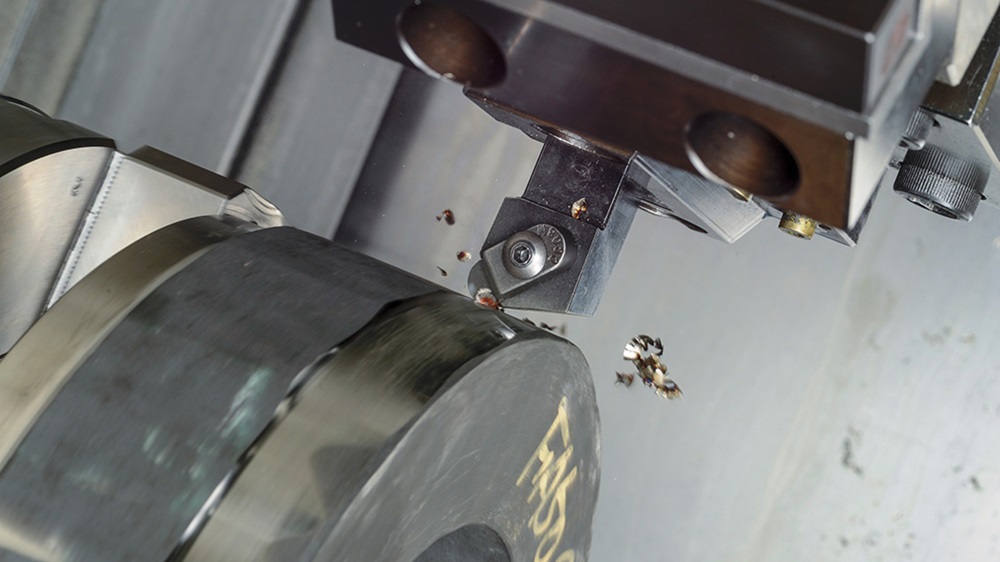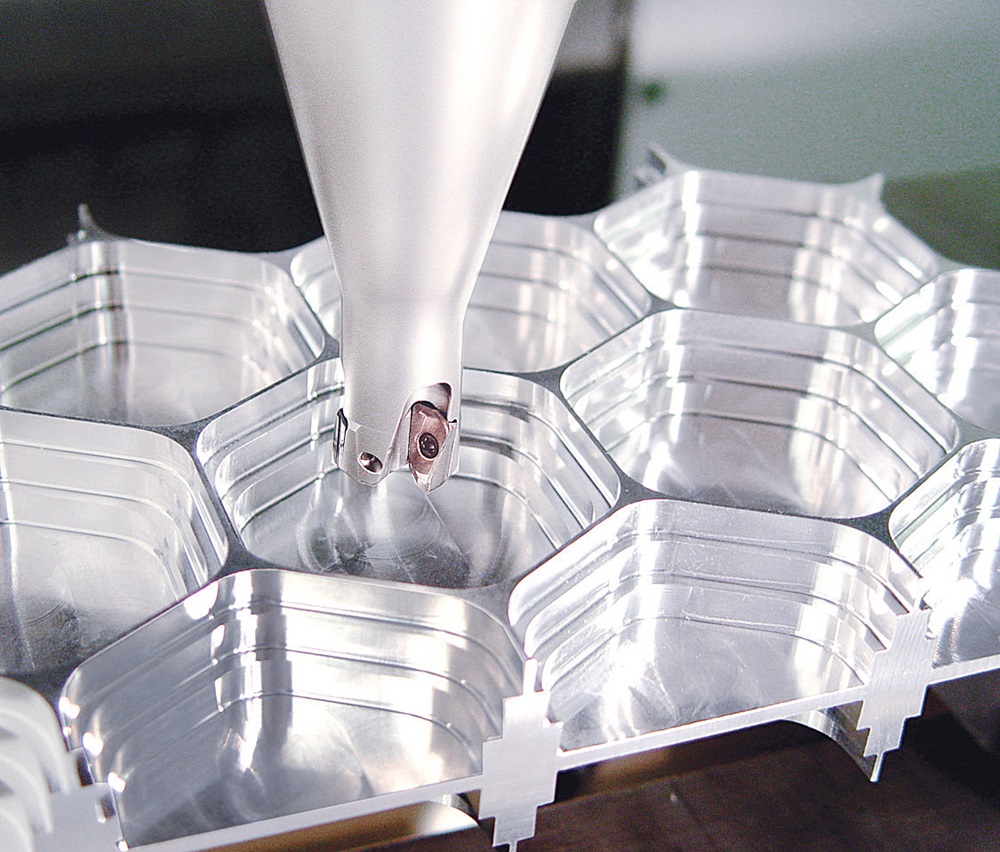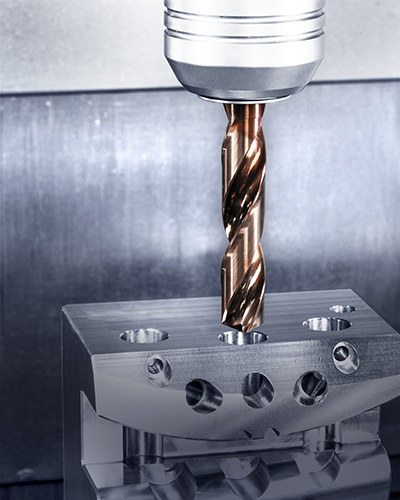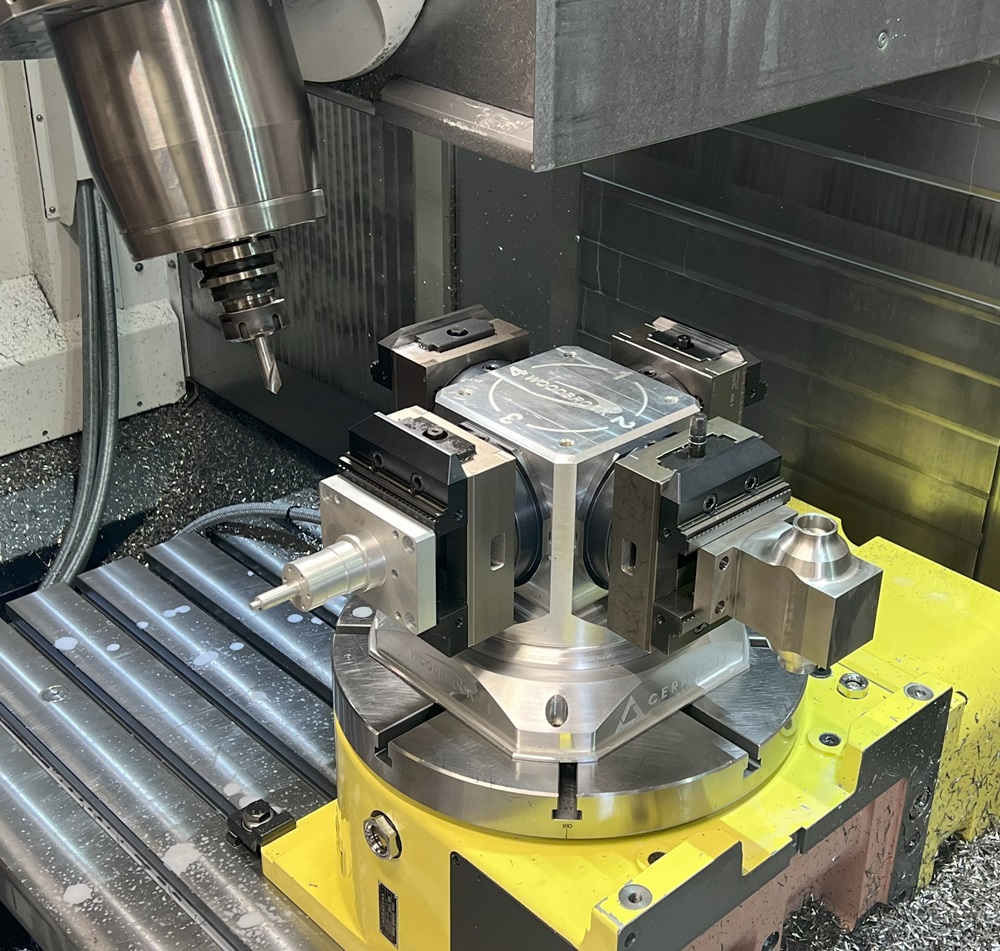As part of its Bidemic family of patented cutting tool inserts, Tungaloy-NTK UK is introducing its JX1 grade that offers cutting speeds close to 500 m/min on aerospace alloys. Suitable for turning, internal turning, grooving and boring applications, the new grade provides durability with cutting speeds on hard materials that will take productivity to the next level.
Complementing the JX1 grade is the new JX3. Where the JX1 offers wear resistance for extended tool life, JX3 is for tough operations. Suitable for rough machining, profiling and semi-finishing, both the JX1 and JX3 can machine at parameters from 180 to 480 m/min, with a depth of cut up to 2.5 mm and a feed rate up to 0.27 mm/rev.
Also now available is the JP2 grade for finish turning. According to Tungaloy-NTK UK, the JP2 is capable of achieving cutting speeds 10 times higher than carbide equivalents. With machining in the realms of 520 m/min possible, the JP2 delivers surface finishes of Ra 0.6 µm with a feed rate of 0.15 mm/rev. It features multi-edges and a TiN coating in support of higher durability and efficiency.
Providing added flexibility for high-performance turning, Tungaloy-NTK UK can also offer its new BX815 CBN grade for high-speed finishing. Extending the application range of the patented JX and JP Bidemic grades, the BX815 is for both external and internal finish-turning in the speed range from 80 to 500 m/min, making it an all-rounder for manufacturers that demand smooth surface finishes on heat-resistant alloys.
Designed for machining superalloys, the BX815 incorporates alumina-based binders and zirconia grains that offer heat dissipation, oxidation and fracture resistance.
More information www.tungaloy.com/uk



















